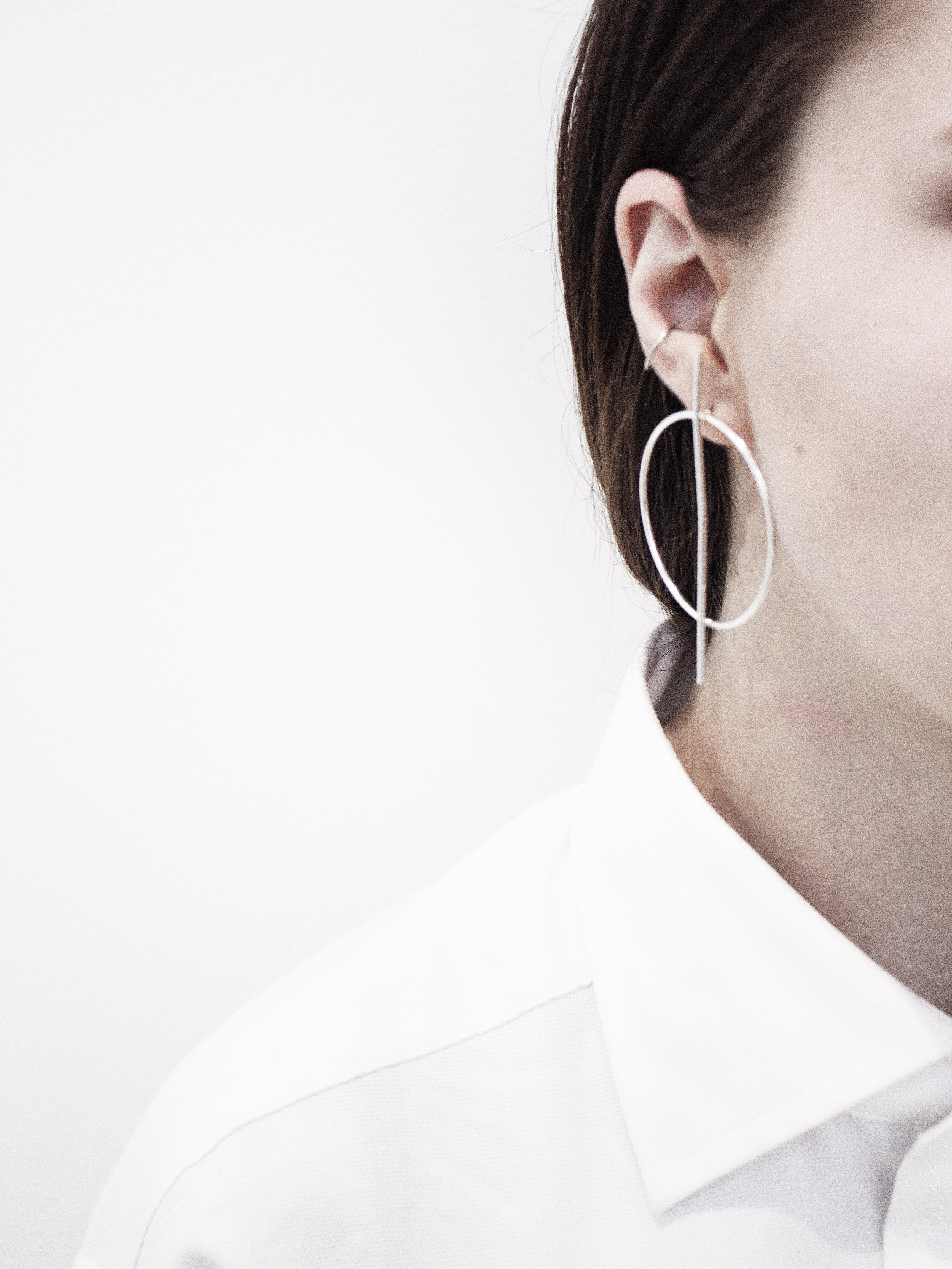_Sound
Optimal acoustics + sound masking for a calm + distraction-free environment
-
What we hear keeps us connected with our world.
While sound can be used to positively define, animate and enlarge a space, the noise around us is often so pervasive we stop noticing it altogether. In turn, our health and wellbeing start to suffer.
It’s not just outdoor noise that can feel out of our control. Noisy work, home and class settings have been proven to affect people’s mood and behaviour – a kind of “noise” annoyance that has been linked to depression and anxiety. Not to mention, significantly reducing human performance.
-
Blame it on evolution.
Our hearing is wired to parts of our brain that are responsive to danger and fear. It was partly developed as a warning system, so even everyday noise like roadworks or espresso machines over time can cause our bodies distress. Unfortunately, because we’re so used to it, it often gets ignored.
It’s important to first understand the types of sound, ‘airborne’ and ‘structural’. Airborne sound travels through the air. Whereas structural sounds are vibrations carried through a particular object (i.e a knock on the door). When these structural sound become airborne sound, that’s what we hear.
-
The top priority in creating a calm, harmonious and distraction-free environment is noise reduction.
With the development of exciting technologies and materials, there are new ways to help you obstruct, counteract and cancel out unwanted noise.
Applying the right blend of strategies for the particular space - we can improve productivity and our overall health and happiness.
This is what you can ponder on today:
Consider the acoustic properties of your materials when making your selections
Design in calm spaces to retreat away from busy and loud spaces to decompress
Your furnishings play a vital role in absorbing sound, think about dense rugs for concrete and wooden floors
Indoor plants can reduce sound energy by up to 50% - so add in plenty of greenery to help buffer loud spaces (i.e ferns, palms + figs)
Apply sound-masking in particularly noisy areas where audible conversations are the main distraction
-
“Dear Architects: Sound Matters.”
-
"The responsibility of sound designers has increased due to coronavirus lockdown."
-
"Is noise pollution the next big public-health crisis?"


